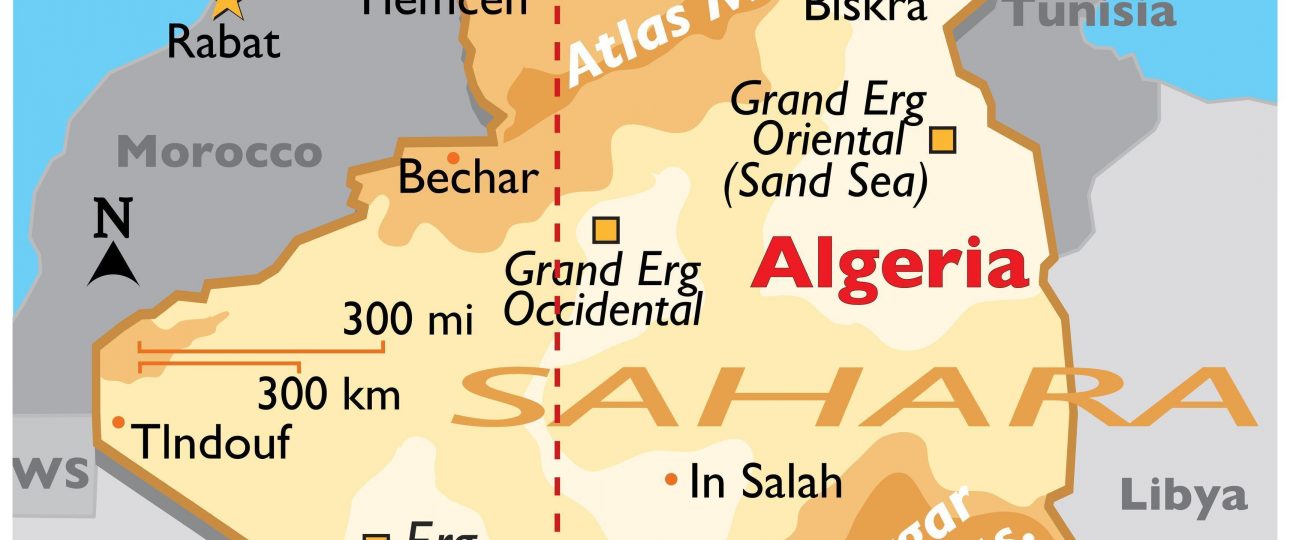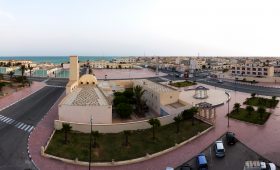Exploring the Saharan Atlas in Algeria
For those with a thirst for adventure, the Saharan Atlas in Algeria offers a unique blend of landscapes and cultures. This mountain range, forming the northern edge of the Sahara Desert, is a place where rugged peaks meet the vast desert, creating a striking contrast that captivates the senses.
The Geography of the Saharan Atlas
The Saharan Atlas is not just a single mountain range but a series of subranges. These include the Ksour Range in the west, the Amour Range centrally, and the Ouled-Naïl Range to the east. The region is bordered by the Hautes Plaines to the north and is characterized by ancient base rock covered with sediment and alluvial deposits. This geographical diversity makes the area suitable for agriculture, unlike the plateau region to the north.
Unique Features of the Saharan Atlas
What makes the Saharan Atlas stand out is its combination of desert and mountainous terrain. Here, you can experience the stark beauty of the Sahara while exploring the peaks and valleys of the Atlas Mountains. The region is home to the Chaoui Berbers, known for their rich traditions and hospitality. Engaging with the local communities offers a deeper understanding of the area’s cultural heritage.
Optimal Visiting Times
While the Saharan Atlas can be visited year-round, the best times are during spring (March to May) and autumn (September to November). During these months, the weather is more temperate, making outdoor exploration more enjoyable and avoiding the extreme temperatures of summer and winter.
Traveling to the Saharan Atlas
To reach the Saharan Atlas, fly into Algiers, Algeria’s capital. From there, renting a car is advisable for the freedom it provides to explore the region at your own pace. The drive offers scenic views and a chance to witness the transition from urban to rural landscapes. Public buses are an alternative, though they may have limited schedules.
Local Transportation Options
Once in the region, having a car is beneficial for accessing remote areas and hidden gems. Local taxis and buses are available but may not cover all routes. A car allows you to visit small villages, ancient ruins, and natural wonders without being constrained by public transport schedules.
Notable Attractions in the Saharan Atlas
- Tassili n’Ajjer National Park: This UNESCO World Heritage Site is known for its stunning rock formations and ancient cave paintings. A guided tour can reveal the archaeological significance of this area.
- Atlas Mountains: Hiking these mountains offers breathtaking views and a sense of accomplishment. The diverse terrain provides both challenges and rewards for outdoor enthusiasts.
- Ghardaïa: This historic town is renowned for its unique architecture and vibrant markets. Walking through its narrow streets offers a glimpse into the region’s rich history and culture.
The Saharan Atlas is a destination that combines natural beauty with cultural richness. While it offers many rewards, travelers should be prepared for the challenges of navigating remote areas and varying weather conditions. With the right preparation, a journey to the Saharan Atlas can be an unforgettable experience.




